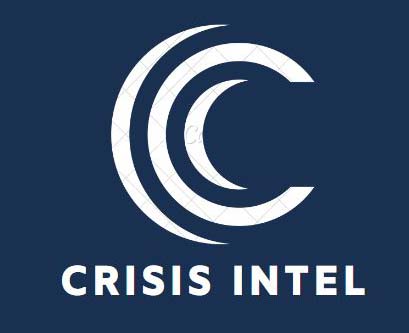Disaster Resilience and Recovery
Building Resilient Communities:
This segment focuses on initiatives to promote community resilience in the face of disasters. Key aspects include:
- Disaster Preparedness Education: Discussing educational programs and resources aimed at increasing public awareness and preparedness for disasters, including emergency planning, evacuation procedures, and the importance of emergency kits.
- Community-Based Organizations: Highlighting the role of community-based organizations in disaster response and recovery, such as volunteer groups, faith-based organizations, and non-profit entities that provide support and resources to affected communities.
- Public-Private Partnerships: Emphasizing the importance of collaboration between public and private entities in building resilient communities, including joint initiatives, resource sharing, and leveraging expertise and resources.


Post-Disaster Recovery Planning:
This segment focuses on strategies and frameworks for the recovery and reconstruction phase following a disaster. Key aspects include:
- Damage Assessment: Exploring methodologies for assessing the extent of damage caused by the disaster, including physical infrastructure, economic impact, and social disruptions.
- Resource Coordination: Highlighting the coordination of resources, such as personnel, supplies, and funding, to support the recovery efforts and meet the needs of affected communities.
- Community Support: Discussing the importance of providing assistance, services, and support to affected individuals and communities, including temporary housing, healthcare, and social services.
Economic Recovery:
This segment focuses on measures to restore economic stability and promote the recovery of businesses and industries impacted by disasters. Key aspects include:
- Business Continuity: Discussing strategies and resources to help businesses resume operations and mitigate financial losses after a disaster, including continuity planning, financial assistance programs, and support for rebuilding.
- Infrastructure Restoration: Highlighting efforts to restore critical infrastructure and facilities necessary for economic activities, such as transportation networks, utilities, and communication systems.
- Economic Development Initiatives: Exploring programs and initiatives aimed at promoting economic recovery and growth in affected regions, including investment incentives, job creation, and entrepreneurship support.


Psychological and Social Support:
This segment focuses on programs and services aimed at addressing the mental health and social needs of individuals and communities affected by disasters. Key aspects include:
- Mental Health Services: Discussing the provision of counseling, therapy, and support services to address trauma, grief, and other psychological impacts of the disaster.
- Community Resilience Programs: Exploring initiatives that promote social cohesion, community support networks, and the well-being of individuals and families affected by the disaster.
- Volunteer and Community Engagement: Highlighting the role of volunteers and community members in providing emotional support, organizing community events, and fostering a sense of belonging and solidarity.
